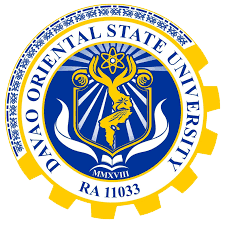Biotic and abiotic synergies in a log ecosystem
DOI:
https://doi.org/10.59120/drj.v15i1.190Keywords:
Decay, decomposition, fungi, log ecosystem, Marfori campusAbstract
Log ecosystems are unique ecosystems that arise from fallen trees, forming microhabitats that exhibit distinct ecological dynamics. This paper aims to describe what a log ecosystem is and what are its components and their connection. Additionally, it identifies the biotic and abiotic components present in the decaying bark of a tree and explains how these factors interact together in the log ecosystem. The study was performed at the Davao Oriental State University Marfori Demonstration Farm at Barangay Don Enrique Lopez, Mati City, Davao Oriental. In this study, a decaying Swietenia macrophylla log was pried open, and biotic and abiotic factors were observed and identified. A total of eleven (11) animal species were found and identified. These were, white rot fungi, scarlet millipede, fungus beetle, woodworm, isopod, dry wood termites, spider, tyrant ants, sun skink, dwarf wood scorpion, and flat bugs, collectively scoring a moderate diversity of 1.37 (Shannon-Wiener Index), and 0.65 in the Simpson’s diversity index. Additionally, the observation of the abiotic factors revealed that the temperature in the area and the amount of sunlight were the most crucial factors shaping the ecosystem, followed by the moisture within the log and humidity, and precipitation in the environment was very low. The biotic and abiotic components coexist and interact with each other in this log ecosystem.
Downloads

Downloads
Published
Issue
Section
License
Copyright (c) 2024 Larizza Faith N. Del Socorro

This work is licensed under a Creative Commons Attribution-NonCommercial 4.0 International License.
DRJ is an open-access journal and the article's license is CC-BY-NC. This license allows others to distribute, remix, tweak, and build on the author's work, as long as they give credit to the original work. Authors retain the copyright and grant the journal/publisher non-exclusive publishing rights with the work simultaneously licensed under a https://creativecommons.org/licenses/by-nc/4.0/.





